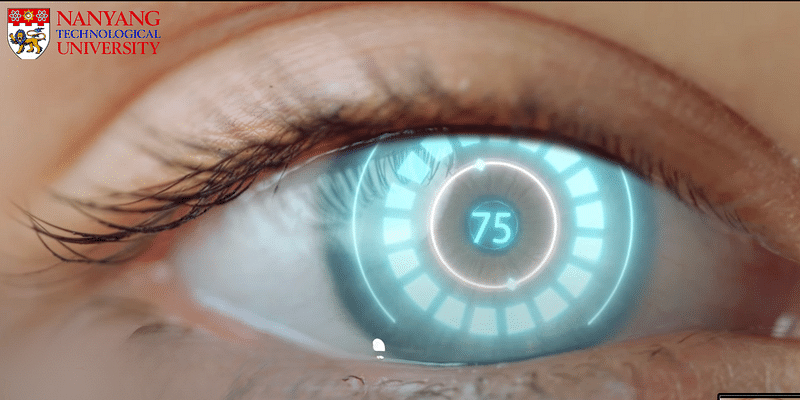
Researchers at Nanyang Technological University (NTU) in Singapore have developed a new type of battery that could revolutionise the way smart contact lenses are powered. This battery is thin, flexible, and can be charged using the saline solution in our eyes, which means it can get power from our tears. This is a big deal because it avoids the need for metal wires or harmful materials that are typically used in batteries, making it safer and more comfortable for wear in the human eye.
The battery works by reacting with the sodium and chloride ions found in the saline solution of the eye. It has a special glucose-based coating that, when it comes into contact with these ions, generates electricity. This process is not only innovative but also environmentally friendly since it uses natural substances that are harmless to humans.
One of the coolest things about this battery is that it can also be powered by human tears. During tests with a simulated tear solution, the battery showed it could extend its life for additional hours, making it practical for everyday wear. This means that, potentially, while you’re sleeping, your smart lenses could be recharging, ready for the next day.
The team at NTU envisions this technology could lead to smart lenses that can do more than just improve vision. They could monitor health, display information directly onto the wearer’s field of vision, or even connect to the internet. But to achieve this, a safe and efficient power source is essential, which is where their new battery comes in.
This battery represents a significant step forward in wearable technology, offering a glimpse into a future where devices integrate more seamlessly with our bodies. It’s not just about making gadgets smaller or more efficient but making them work in harmony with human biology.
The researchers are currently seeking to patent their invention and are exploring commercial opportunities. This could mean that in the not-too-distant future, charging smart contact lenses might be as simple as blinking, opening up new possibilities for how we interact with technology and how it can help us monitor and improve our health.










